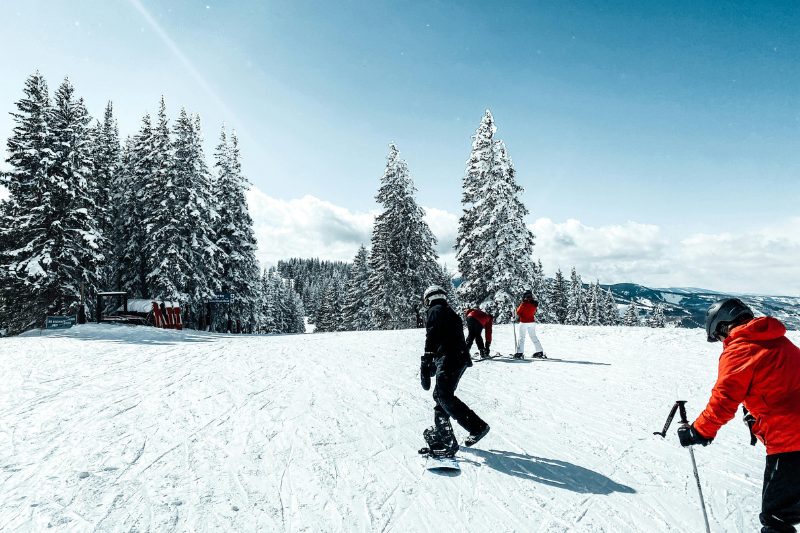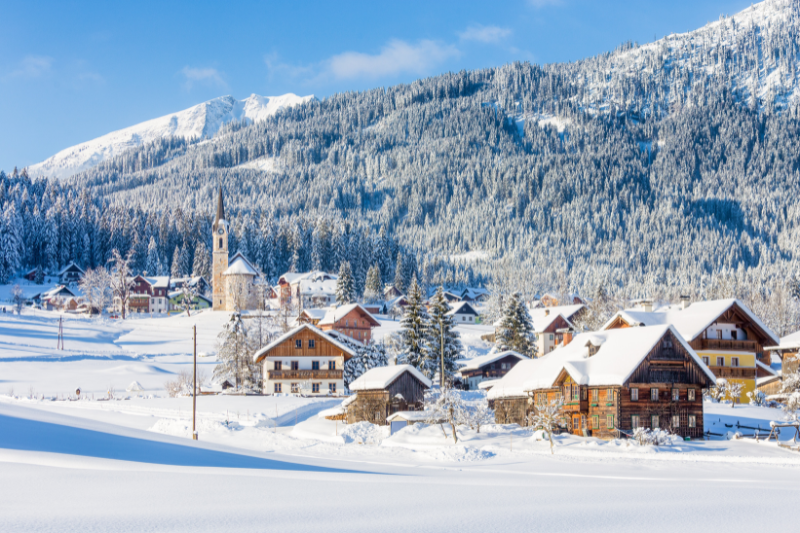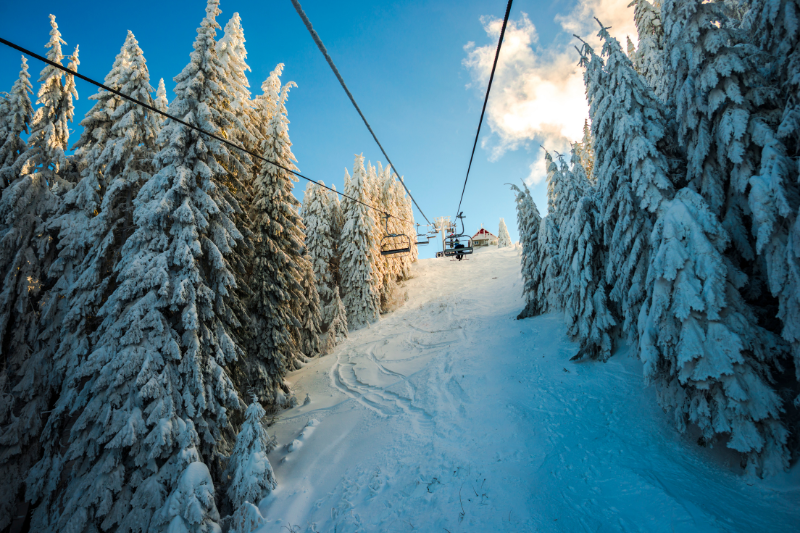
Guest post Author: Jessica Gibson
A smooth winter escape starts with smart routing. Get the airport right, line up transfers that match your arrival time, and you trade baggage reclaim for first lifts with minimal fuss.
For most travellers eyeing the Alps and Dolomites, three gateways cover a huge share of the best terrain: Switzerland’s Geneva for both Swiss and French resorts, France’s seasonal Grenoble network, and Austria’s Salzburg. Each offers distinct advantages, so the best choice depends on your group’s style, budget and timeline.
If you’re travelling with children, sort documents early. Keep passports, consent letters and insurance in a single pouch, and print a simple travel check list for minors that lives beside your lift passes. Families often arrive late, so consider a hotel near the airport before driving mountain roads in the dark, then head up after breakfast when the weather and traffic are easier.
Geneva and Grenoble: quick access to big French mileage
Geneva is the most flexible entry point when you want options. Highway spurs and rail lines fan toward France and Switzerland, so mixed-ability groups can still meet for lunch even if half the party is chasing steeps above Verbier while the others cruise blues near Morzine or Les Gets.
Aim for mid-morning arrivals, share your flight number with the shuttle operator, and keep a buffer on the return leg if fresh snow is forecast. If you prefer rails to roads, trains run from the airport station, with smooth connections for Valais bases such as Martigny and Sion.

Grenoble operates mainly in winter and puts two heavy hitters within easy reach: Alpe d’Huez and Les Deux Alpes. The appeal is simple, long sunny pistes and big vertical in a compact radius.
To dodge weekend queues, book a Sunday changeover or pick quieter satellites such as Oz-en-Oisans and Vaujany, which plug into the Alpe d’Huez lift system without the traffic of the main resort. Self-drivers should reserve chains and specify winter tyres. When a cold front sweeps the valley, those last hairpins to the village are far easier with grip.
Salzburg and the Austrian approach
Salzburg serves tidy, well-joined ski areas with short transfers. Within 60 to 90 minutes you can reach Zell am See-Kaprun for lakeside views, Obertauern for altitude, or Wagrain and Flachau inside the vast Ski amadé network. Austria does logistics well, so public transport can be your default rather than a backup plan. Many hotels include regional travel cards, and resort buses are timed to lifts, which keeps families moving without hunting for parking.
If you want to reduce driving altogether, independent industry coverage confirms Salzburg’s recent seasons have included free arrival and departure by public transport to selected ski areas for holders of valid ski or ski-tour tickets. It is a useful policy for short breaks and family weeks alike, and a clear win on congestion.

Putting it all together
Match your hub to your priorities. Geneva gives you the widest spread of choices and the easiest pivot if weather nudges you across a border. Grenoble is for mileage lovers who like their vertical concentrated and their winter flights purposeful. Salzburg delivers calm logistics, short transfers and family-friendly terrain stitched together by buses and trains that actually run on time.
A few habits help any route. Screenshot transfer vouchers in case roaming fails at arrivals. Confirm lesson meeting points before you travel, not on the morning you start. If you self-drive, pre-book chains and ask for winter tyres. In resort, top up SPF after lunch, throw a spare neck tube in your pocket, and check the avalanche bulletin before you chase that last lap through the trees.
The right gateway is the one that gets you to the first chair feeling prepared, unhurried and excited for the runs ahead.
Respect the sun
Sun and altitude demand respect. Even on cloudy days, snow throws light back at your face and thin air increases exposure. Pack and reapply sunscreen for ski holidays, and stash a lip balm with SPF in your jacket. A small bottle lives neatly in a goggle bag, which makes mid-morning top-ups painless on a windy chairlift. If you are new to high-altitude skiing, treat SPF 30 as the floor and reapply after lunch, because time on the terrace stacks up faster than you think.
For more context on why UV stays strong on snow and how to build a simple daily routine, recent winter sunscreen guidance from Outside covers the science and offers practical, slope-specific tips.
Feeling inspired?
